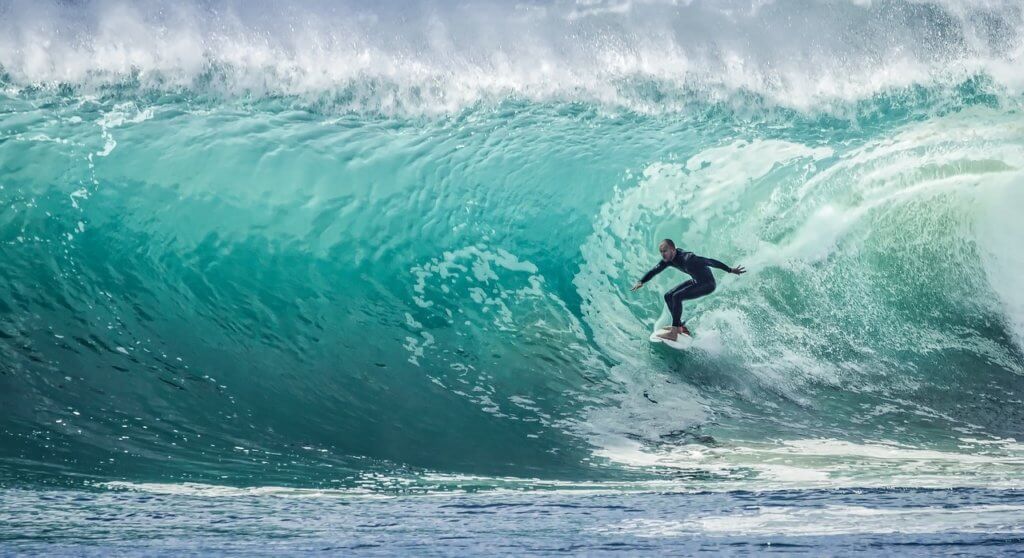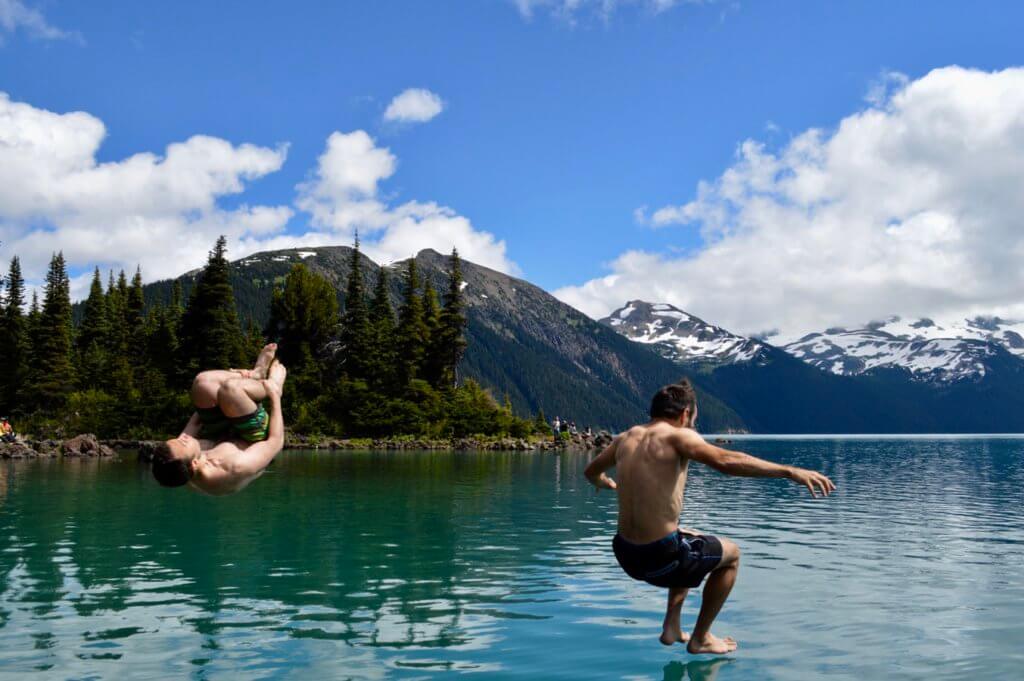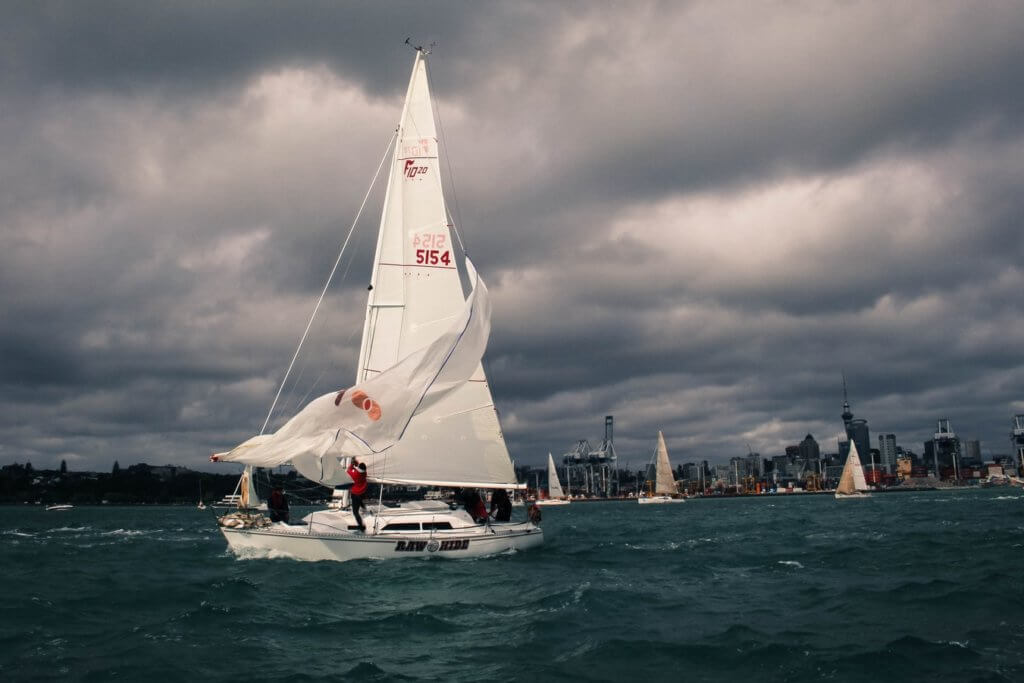When it comes to water safety, we always have to be on our guard. Whether we are experienced water-sport adventurers, or just learning how to swim, dangerous conditions and circumstances can arise that require calm, focused attention.
A summer in Ireland filled with sunshine and heat is rare, but it is definitely a stroke of luck that we take advantage of. Between the golden sandy beaches of the east and the hearty surf on the west, Ireland is home to some of the greatest water sports in the world, and those seeking adventure pick up their boards, strap on their goggles and sling on their flip-flops to head down to the beach. But, with all the fun to be had in the water, there is also a great deal of responsibility. Water safety is something that should be taken very seriously. So, before you grab your beach bag, check out these tips on how to stay safe in the water.
1. How to be Safe while Surfing:

DO:
- If you are new to the sport, take a few surfing lessons with an Irish Surfing Association approved club. This way, you will be introduced to the sport in a safe environment with trained instructors and other surfers of equal ability.
- Let somebody on land know where you will be going and when you plan to be back.
- Check the weather, tides, and conditions before you paddle out.
- Check all of your equipment to make sure that everything is satisfactory (your leash, skeg, and wetsuit).
- Try to obtain a brightly coloured wetsuit or surfboard. Bright colours are much easier to spot in the ocean if you are in need of rescuing.
- Always check behind you for other water users before leaving your surfboard to dive under a wave. A board could easily pop out from under you and hit another surfer.
- Stay calm. If you find yourself in a difficult situation, remain calm and do not leave your board. Wave one arm in the air and shout to attract attention.
- If you see someone in need of assistance, call 112 or 999 immediately.
- Receive first aid training and always take a first aid kit with you to the beach.
DO NOT:
- Attempt to surf unless you are able to swim.
- Surf alone.
- Enter the water when there is low visibility (i.e. fog, heavy rain, or diminishing sunlight).
- Attempt to surf after drinking alcohol.
- Become overconfident. Ensure that the size and ferocity of the waves are suitable to your surfing ability.
- When you fall off the board, do not resurface too soon, you might be hit in the head by your board.
- If you get caught in a rip current, do not try to paddle against it, paddle across it.
2. How to be Safe while Swimming:

DO:
- Only swim in designated areas supervised by lifeguards.
- Always swim with a buddy.
- Have young children or inexperienced swimmers wear a life jacket while around water.
- Maintain constant supervision of children or inexperienced swimmers near the water.
- Know when to call 112 or 999.
- Protect your skin and wear sunblock. Some people think that the water protects them from the sun’s harmful UV rays, but it actually just acts as a magnifying glass and you can still get burned while in the water.
- Teach your children to ask permission before going near the water.
- Swim diagonal/parallel to the shore when caught in a rip-current.
- Make sure that you are able to been seen from the shore at all times.
DO NOT:
- Allow anyone to swim alone.
- Leave a child unattended near the water.
- Trust a child’s life to another child.
- Swim in a rip-tide.
- Swim out of your comfort zone.
- Swim too far out to sea.
3. How to be safe while sailing:

DO:
- First, be sure you understand the rules of the road to avoid collisions with other boats.
- Ensure that your boat has all the federally required safety equipment on board.
- Use a safety checklist to check boat gear and equipment and to orient guests and crew before heading out.
- Always be alert, even if the weather is smooth and calm.
- Since falling off of the boat is the leading cause of death in boating fatalities, make sure everyone on the boat is wearing life jackets at appropriate times.
- Use a safety harness tether in rough weather conditions or when sailing by yourself. This tether ensures that you stay in the boat at all times.
- Practice safety manoeuvres in advance in case an emergency arises and someone does fall overboard.
- If you sail offshore or even in coastal areas at night or when there’s fog, install an AIS system on your boat to avoid collisions with ships.
- Seek safety at a harbour when severe weather threatens. Make sure to check the weather conditions before you head out to sail, but, if you are caught off guard by some stormy weather, know when to call it quits and head to shore.
- Use a chart plotter to know precisely where you are and where you are headed at all times.
DO NOT:
- Drink alcohol and sail.
- Bring more people on board your vessel than is permitted or more people than there are life jackets.
- Sail too close to the shore.
- Go outside of your comfort zone in terms of distance from shore, speed, and duration of the sail.
By Bri Doherty
Check out our Hard as Nails podcast:
Like this? Check out these other articles:










